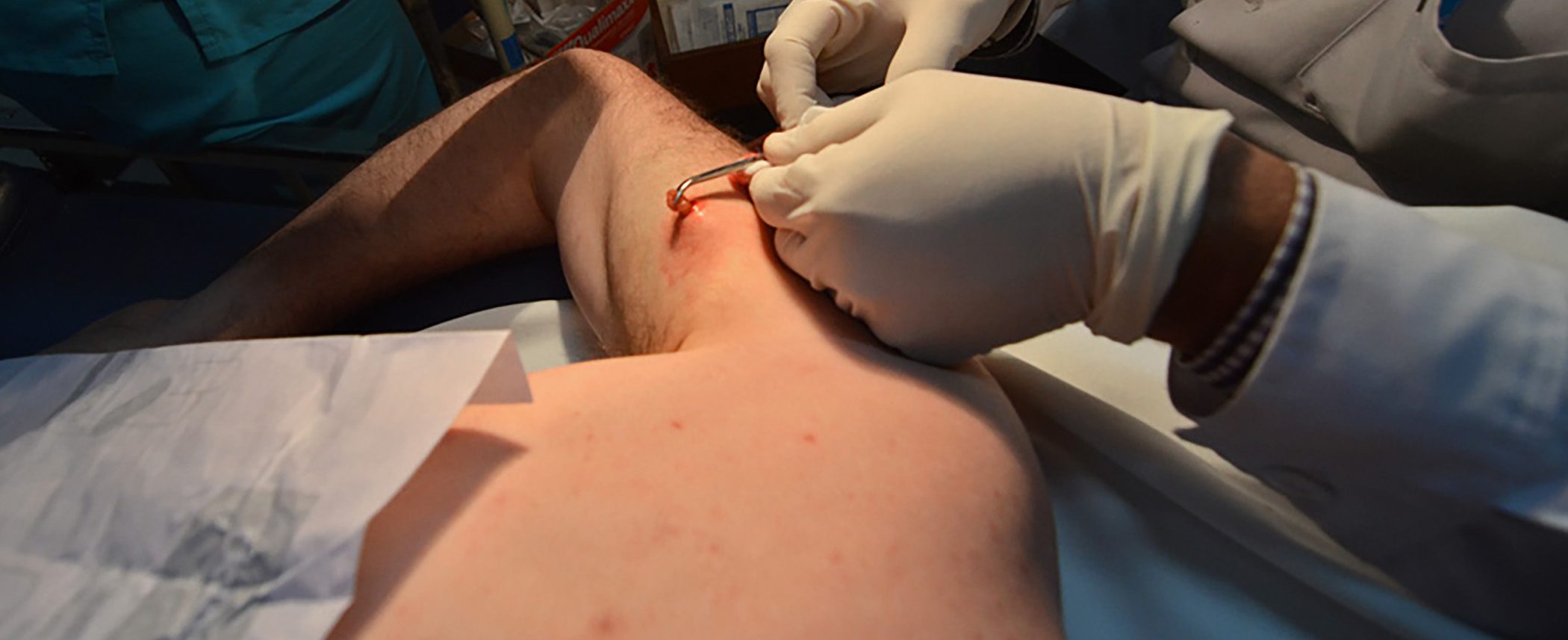When the fly larvae penetrate and develop in the tissue, swelling, pain, redness and inflammation can occur in the affected areas. In some cases, the movements of the fly larvae are visible under the skin. In advanced cases of myiasis, abscesses or ulcers may occur. The aim of treatment is to completely remove the larva with minimal trauma to the surrounding tissue.
Autoren
- Mirjam Peter, M.Sc.
Publikation
- DERMATOLOGIE PRAXIS
Related Topics
You May Also Like
- Mastocytosis
Innovative pathogenesis-based therapeutic approaches in the pipeline
- Psychooncology
Communication as the key to therapy adherence
- Participation of the patient
Adherence in psychiatry
- From symptom to diagnosis
Renal cell carcinoma
- Lipid management: ESC/EAS guideline update 2025
New recommendations on CVD risk classification, lipid lowering in statin intolerance and hoFH
- Chronically active MS lesions
New paradigm in the diagnosis and treatment of multiple sclerosis
- AI in neurology
Control instead of a flood of data: AI makes big data and wearables usable
- Participation of the patient











